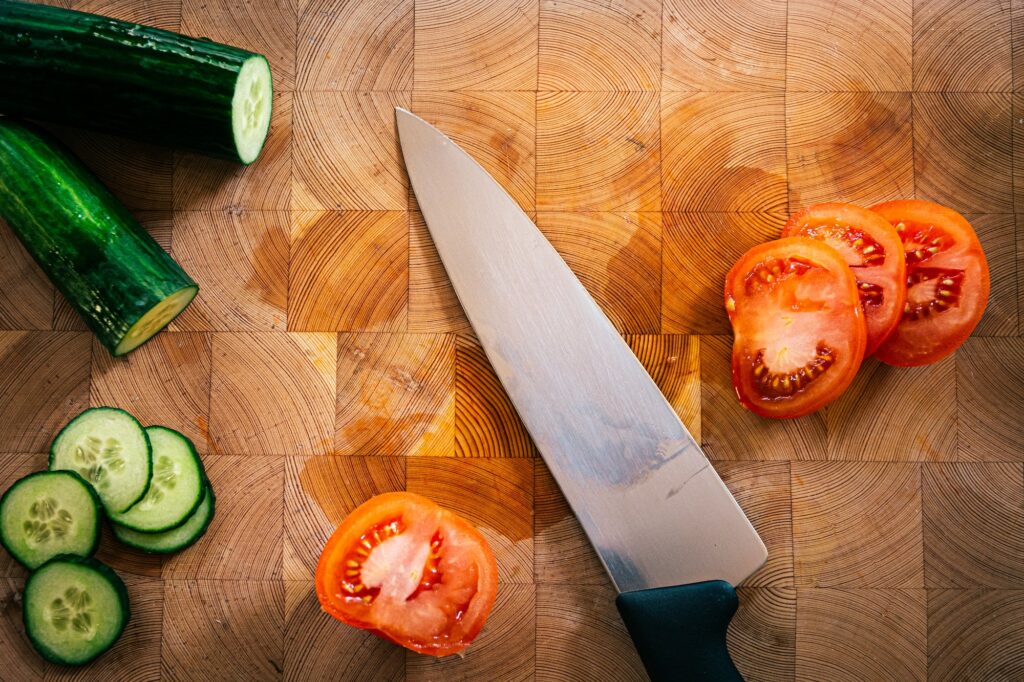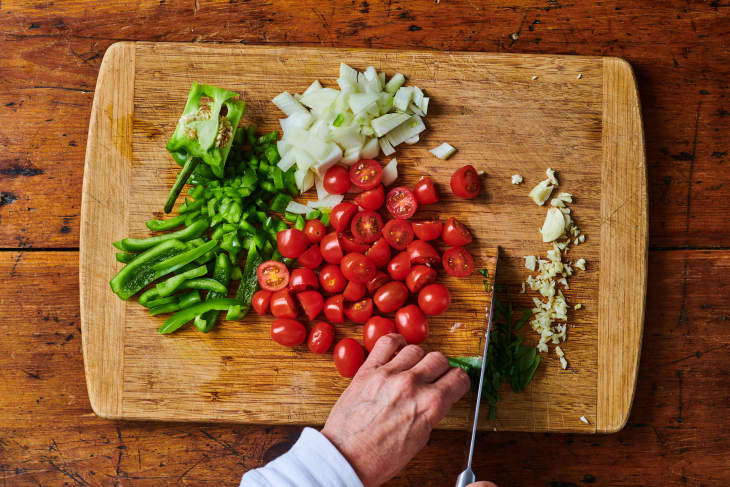Kitchen professionals worldwide can agree that having a durable, well-crafted cutting board is an essential tool in the culinary world. Whether slicing delicate herbs or handling heavy-duty carving, nothing compares to the functionality and craftsmanship of a wooden cutting board. Today, we'll dive into how to make a cutting board from one piece of wood, a process that not only ensures durability but also enhances the aesthetic and practical value of your kitchen workspace.
We'll unravel this remarkable journey of creating a cutting board with life-changing insights, leveraging timeless techniques and expert craftsmanship. No matter your expertise in woodworking, this guide brings an exclusive and beginner-friendly approach to making cutting boards the easy way.
Before diving into the process, let's take a moment to understand why wooden cutting boards reign supreme. Unlike their counterparts, wood boards are gentle on knives, naturally antibacterial, and exceptionally durable. Additionally, making a cutting board from a single piece of wood ensures there are no glued seams that could weaken over time, making the design both practical and sustained.
Wood also maintains a shock-absorbing quality, which helps your knives retain their sharp edges for longer periods. Boards made from a single chunk of wood exude a natural and timeless beauty, making them conversation-starters in kitchens.

What Youll Need to Get Started
Before jumping into how to make a cutting board from one piece of wood, you'll need to gather some supplies. Knowing whats required saves time and ensures that the final product aligns with your expectations.
- A plank of hardwood, such as maple, walnut, or cherry.
- Saw or jigsaw.
- Sandpaper (different grits ranging from 100 to 400).
- Mineral oil or specialized cutting board oil.
- Optional: Wood clamps or a router (if you plan on adding unique design elements).
Additionally, ensure that you have a clean and safe workspace where you can comfortably handle power tools and sandpaper. For more insights on treating and caring for finished boards, check out this guide.
Step-By-Step Process: From Raw Wood to Tremendous Utility
Step 1: Select the Perfect Piece of Wood
Your choice of wood largely determines the durability and finish of your cutting board. Hardwoods like maple, walnut, or oak are tremendous options. Theyre naturally hard, resist wear, and have beautiful natural grains that elevate the aesthetics of your finished board.
Investigate grain direction and ensure the plank is free from defects, splinters, or rotten spots. A premium-grade single slab of wood ensures fewer imperfections while increasing cutting board longevity.
Step 2: Measure and Cut
Decide the size of your board based on personal preference and intended usage. A standard cutting board size is approximately 18x12 inches. Use a ruler or template for precision, and outline your desired board dimensions with a pencil or chalk.
Once marked, use a saw or jigsaw to cut the wood to size. Make sure to steady the wood securely while cutting to prevent accidents. If you want to add custom edges or grooves, now is the time to use your tools or router for those fine details.
Did you know? Proper cleaning and disinfection are key to maintaining your cutting board in the long run. Learn more from this website.
Step 3: Sand Down the Surface Area
Once the wood has been cut, the next step is smoothing the surface. Start by using coarse-grit sandpaper (around 100-grit) and work through to finer grits until the surface feels silky smooth. Be sure to sand the edges too to get rid of any splinters or sharp corners.
This part of the process requires attention to detail, as uneven or rough spots can hinder the practicality of the finished product.
Step 4: Finish with Mineral Oil
The final step in learning how to make a cutting board from one piece of wood is sealing the board with food-safe mineral oil. This prevents cracks, warping, and absorption of unwanted liquids.
Apply a generous layer of oil using a clean cloth and allow it to soak into the wooden surface overnight. Repeat this process at least twice for optimal results. Looking for additional tips? Check out this life hack.
FAQs
1. Can I use softwoods instead of hardwoods?
While softwoods like pine are available, they aren't as durable or knife-friendly as hardwoods. Stick to options like maple or walnut!
2. How do I maintain my finished cutting board?
Clean it after each use with warm water and mild soap. Avoid submerging the board in water. Occasionally reapply mineral oil to keep it in top condition.
3. Is it safe to use wooden cutting boards for raw meat?
Yes, but they require extra care. Learn more about proper cleaning methods from this useful resource.

Conclusion
Creating a DIY wooden cutting board not only saves you money but also provides an unmatched sense of accomplishment. For kitchen professionals, crafting your own tools elevates your skills while personalizing your workspace.
Whether you're following this guide for personal or professional purposes, youre making a life-changing decision for your culinary experience. Wed love to hear your feedback once you've given how to make a cutting board from one piece of wood a try!
This article contains affiliate links. We may earn a commission at no extra cost to you.






Leave a comment
This site is protected by hCaptcha and the hCaptcha Privacy Policy and Terms of Service apply.